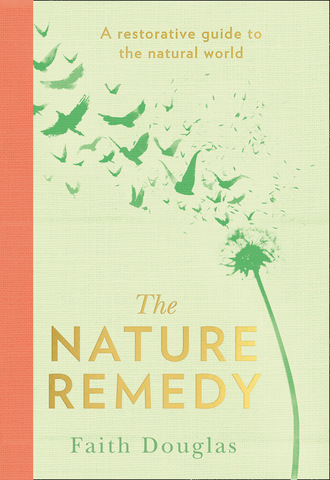
Полная версия
The Nature Remedy
There are nearly nine million different species living on Earth at the moment and around seven billion people make up just one of those species. Given we are supposed to be the most intelligent life form on the planet, you would think we would recognise that we need to take care of the wonderful world we live on. But I often think that many people have forgotten just how connected we are to our life-giving planet.
I sometimes consider humans to be the biggest pest on Earth and wonder if without us here the planet would heal, nature would thrive and balance would be restored. However, I don’t think anyone could say what would actually happen, given the damage we’ve done. But I like to think that nature knows the answers.
Many cultures, both ancient and modern, have referred to our planet as Mother Earth. The ancient Greeks knew Mother Earth as Gaea, who both represented the Earth and was the mother of the whole universe. In Greek mythology, she gave birth to gods and humans. Native North American cultures have a wonderful saying that I love: ‘Beneath the clouds lives the Earth Mother from whom is derived the water of life, who at her bosom feeds plants, animals and humans.’
Everything we need to survive and thrive is given to us by the Earth, by Mother Nature. Although the rise of industry and technology is increasingly distancing us from the natural world, the basics of life – food, water, medicine and shelter – are provided free of charge in nature.
REMEDY
CELEBRATE EARTH HOUR
Founded in 2007, Earth Hour is a wonderful event during which communities worldwide come together to pledge their support to our planet, our Earth, simply by switching off lights.9
It’s very easy to take part, and you can participate in Earth Hour in your own way. We as a family show our support by spending the hour in candlelight with absolutely everything, not just the lights, switched off.
How about getting your local community together and plunging the street you live in into magical candlelight for an hour? Or involve your local school, which will combine a little bit of excitement at the event with an important message of giving something back to our planet.
THE NATURE OF THE EARTH
The Earth has multiple layers. At its very centre, its core consists of two parts that are mostly made up of iron. The inner core is solid while the outer core is molten with a temperature to rival the Sun’s surface. The next layer is the Earth’s mantle, a thick layer of silicate rock that divides the core and the crust. The crust is the Earth’s thinnest layer and could be likened to the skin of an apple in comparison to the other layers, being only about 3 to 5 miles thick under the oceans and around 25 miles thick under land, where it is deepest in mountainous regions.
The outer layer of the Earth’s land crust is made up of sedimentary rock consisting of crushed particles made from stone, dead plants and animals. Over time this layer will eventually include our own remains, which really does tell us just how much of a part we play in the make up of this planet.
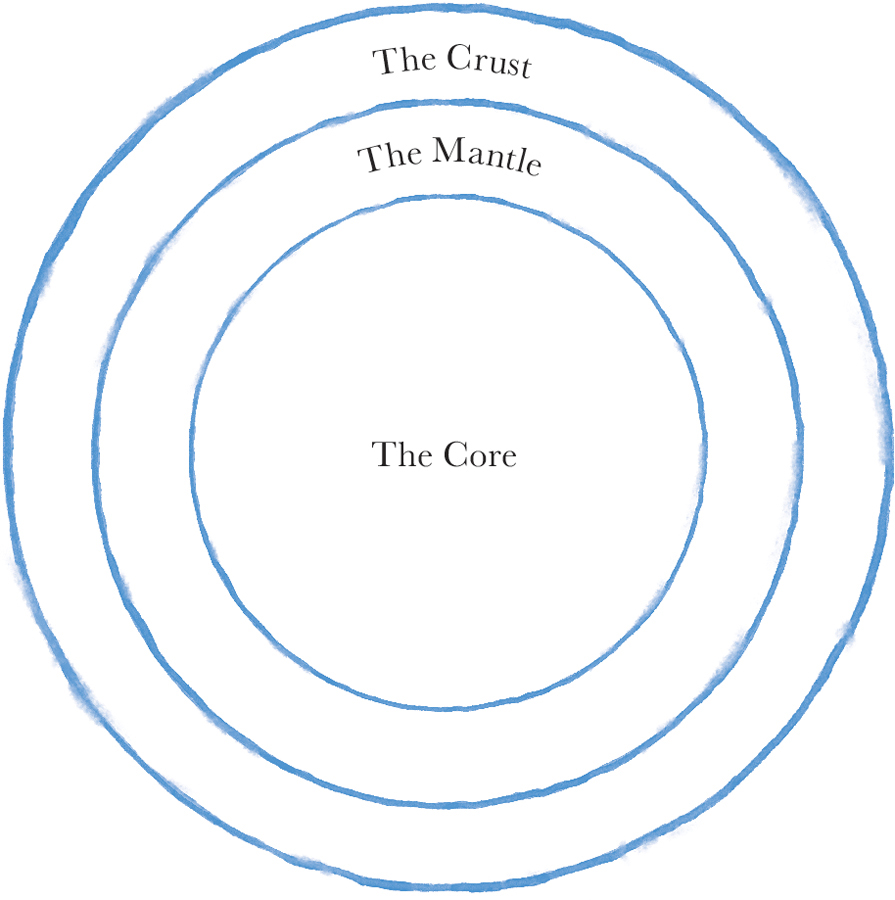

OUR PRECIOUS OCEANS
With 70 per cent of the Earth’s crust being covered in water at an average depth of around 2.5 miles, it’s no wonder that we have only managed to explore 5 per cent of the ocean floor. In fact, we’ve managed to map more of the Moon, Venus and Mars than we have of these areas.
So much about the oceans remains a mystery to us, although we do know that these vast expanses of water are vital ecosystems. Not only are they life-givers to marine creatures but oceans are essentially the heart and lungs of the planet, providing us with half of the oxygen we breathe.
However, the oceans are showing signs of ill health caused by high levels of greenhouse gases, over-fishing, pollution and destruction in habitats. Symptoms including warming up, acidifying, changes in water circulation and huge dead zones lead in turn to major changes in marine ecosystems that result in less-abundant coral reefs, fewer small fish, breakdowns in food chains and more frequent pests and diseases. It’s cause for concern.
Given all this water on our planet and in our oceans, it’s eye-opening to discover that 97 per cent of the water is unusable, with fresh water being quite scarce. Fresh water makes up only about 2.5 per cent of water on the planet, most of which is found in ice caps and glaciers, while the rest is ground water.
Water is a precious commodity, and even if we don’t live by the ocean we can help to preserve it by changing our daily habits.
REMEDY
EVERYDAY BEACH CLEAN
The water we drink has been around in some form or another for millions of years and is continuously recycled. Given that most of us in the West can turn our taps on and water flows freely, I suspect most people don’t really give much thought to it.
However, the global plastic crisis tells us that around twelve million tonnes of plastic now enter our oceans each year. Thankfully, it seems that many people today are taking our global plastic crisis seriously and there are lots of different workplaces and organisations that have gone plastic-free to try to make a difference.
This is something that you can also begin to do by, for example:
Switching from liquid shower gels and hand wash to solid soap bars in the bathroom.
Replacing kitchen roll with reusable dish cloths in the kitchen, and using recyclable glass jars for storage.
Using biodegradable plant pots rather than plastic in the garden.
Why not take a bit of time each month to research other ways to go plastic-free, and keep a note of any ideas in your journal, so that they begin to become a way of life?
THE HIDDEN MESSAGES OF WATER
The late Japanese scientist Dr Masaru Emoto is the author of the book The Hidden Messages in Water. In it, he argues that ‘water is the blueprint of our reality’ and proposes that emotional vibrations and energies can actually change the structure of water.
He found a way to photograph microscopic frozen water particles and his experiments revealed physical changes in the way a water particle appears after being exposed to certain types of conditions.10 One of Dr Emoto’s experiments was conducted with a class of school children, who were given three glasses of water. The rules were simple: they were to ignore one glass, speak kindly to another and be cruel to the last one.
His photographs of the water crystals after this experiment are amazing. The water crystals in the glass that was ignored formed an indistinct smudge-like image when photographed; the crystals in the glass that was told it was beautiful formed incredible snow-flake-like patterns; while the crystals in the glass that was called unkind things looked ugly.
REMEDY
DR EMOTO’S RICE EXPERIMENT
Dr Emoto’s rice experiment can be easily replicated at home:
Take three identical clean jars.
Add equal amounts of cooked rice to each jar.
Measure and add equal amounts of water into each jar – just enough to cover the rice.
Put a sticker on one jar saying:
‘I love you.’
Put a sticker on another jar saying:
‘I hate you.’
Leave the remaining jar blank.
Every day for thirty days, do the following:
Hold the jar that says ‘I love you’ on it and tell the jar and its contents just how much you love it.
Hold the jar that says ‘I hate you’ on it and tell this one just how much you hate it.
Completely ignore the jar with no sticker; in fact turn your back on it.
Why not give this simple experiment a go and see what your findings are?
If we were able to take pictures of the water particles in our bodies in the way that Dr Emoto did, what would they look like? Given we are mostly made up of water, could we be impacting on our own water particles with negative talk and harmful thought patterns? Some of the things we say to ourselves in our heads we wouldn’t dream of saying to another person but for some reason we think it’s all right to do so to ourselves.
What would you want your water particles to look like? I know I would like mine to form the most beautiful snowflake pattern – just like the one in the classroom experiment.
I have told Dr Emoto’s story to my own children to encourage self-love as well as kindness to other living things. Occasionally this comes back to bite me when I am accused of damaging their water particles when they have to do something they may not necessarily want to do, like tidying a bedroom!
THE HEALING PROPERTIES OF WATERFALLS AND MOUNTAINS
One body of water that I am completely in awe of is the waterfall: I love the cascading, crashing water and the crisp, fresh spray in the air; there’s something dream-like about them. Waterfalls are so much more than water purifiers; they are important for whole ecosystems, and have a positive impact on human health as well. Waterfalls release negative ions; these atoms and molecules occur naturally in air that has been charged with electricity and can have a direct effect on our wellbeing, helping us to feel calm. They also help to reduce stress and depression, and to purify our blood, improve cell metabolism and boost our immune system.
Negative ions do this by having a direct effect on the cells in our own bodies. Our cells are made up of atoms, which contain both negative and positive charges depending on the number of electrons or protons they carry. Most healthy atoms have a negative charge because they contain more electrons, but sometimes these healthy atoms can have electrons taken from them, leaving them in a damaged state. In this state, they are known as free radicals and can have a detrimental effect on our cells, which causes our health to decline, and we become susceptible to illness and disease. Our health can then decline, and we become susceptible to illness and disease. To help stop this destructive process, we can give ourselves large free doses of negative electrons from simple exposure to nature.
If we climb to the top of a waterfall and keep going high up into the mountains, we will reach the majestic peaks that were formed when pieces of the Earth’s crust, called plates, crashed together and pushed the crust up into mountainous forms. The Himalayas were formed some fifty-five million years ago, and include thirty of the world’s highest mountains, among them Mount Everest, with its summit being the highest point on Earth, at 8,850 metres.
While it’s a dream of mine, I’ve never visited the Himalayas, although I have visited mountain ranges in the UK, Norway, Switzerland and North Africa. No matter how harsh the conditions I have experienced in these places, there is a special quality of peace to be found in a mountain range. It could be the achievement of getting there, the sprawling views if the weather allows it, or the buzz of adrenaline… but I think it’s something more.
A mountain has a special solidness about it; its mighty stillness is breathtaking and the air, well, it’s just unbelievable. Mountain air is so fresh and so pure, it even smells healthy. There is little pollution up in the mountains and I think our bodies know this. In fact, studies tell us that spending time around mountains is good for our health – our heart and respiratory systems are healthier and our stress levels decrease. It’s been suggested that living in mountain ranges can increase our lifespan.11
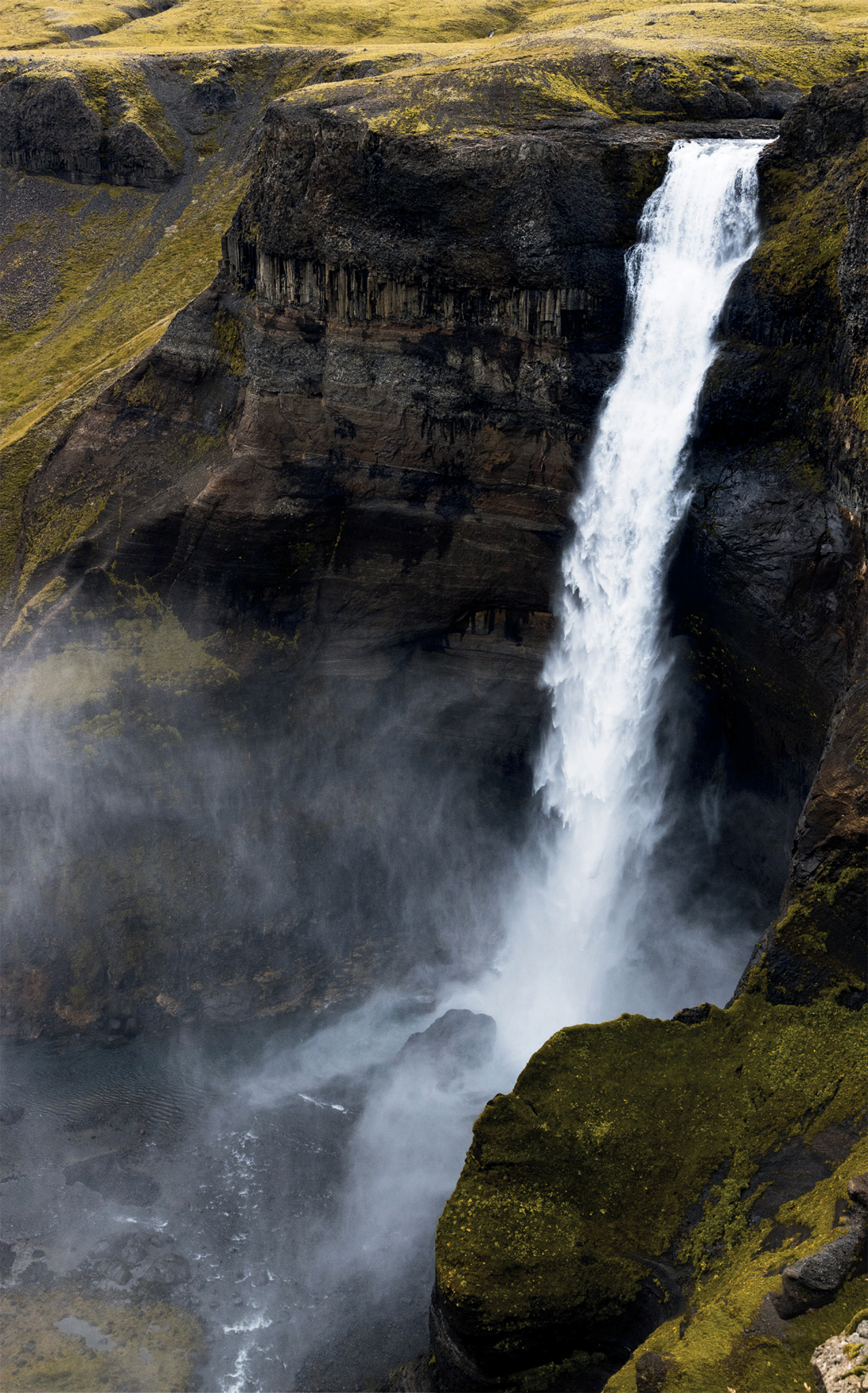
FROM MOUNTAINS TO MUD
The Earth beneath our feet matters, from the highest mountain right down to the seemingly simple soil. I’m a horticulturalist by trade and I know how vital soil, is not just for plant life but for our own lives as well.
Healthy, fertile soil provides the nutrients for plants to grow, which in turn provide us with the oxygen we need to breathe. More than this, healthy soil recycles organic matter, purifies water and contains microbes that are good for us.
Today, our society’s motto is often ‘don’t touch’ – don’t get dirty. But did you know that a little bit of mud under the fingernails is good for you? Research shows that soil contains antidepressant microbes. These wonderful microscopic bacteria are called Mycobacterium vaccae and have been found to have the same effect on our brains as antidepressant drugs do, but without the unpleasant side-effects. But it’s not just about making skin contact from the soil; we also inhale these bacteria when we potter in our gardens, which raises our serotonin levels and makes us feel well and happy.12
‘Walk as if you are kissing the Earth with your feet.’
THICH NHAT HANH, BUDDHIST MONK AND PEACE ACTIVIST
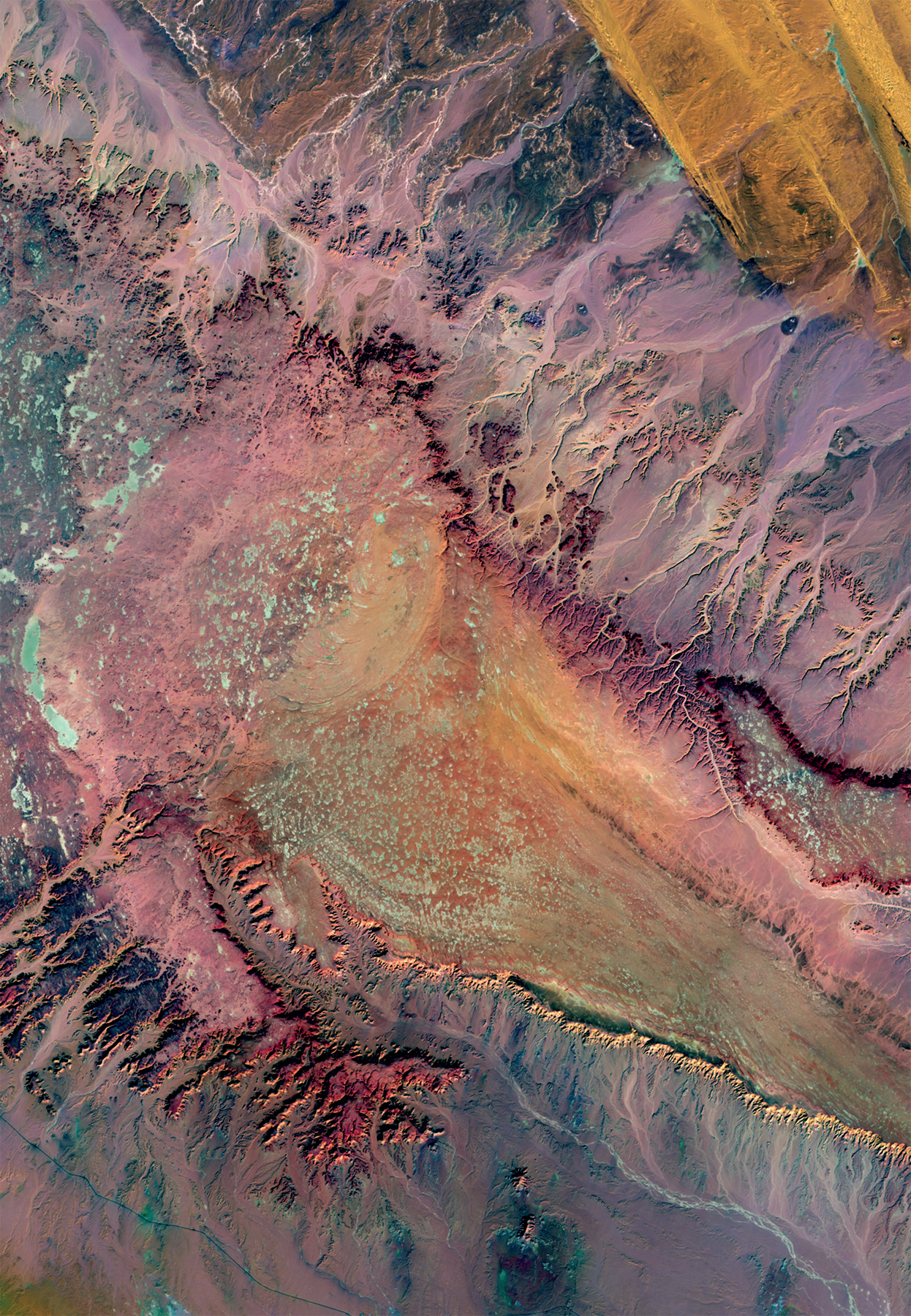
EARTHING
Most of us live our lives with a constant barrier between us and the Earth, be that through flooring, transport or simply shoes. Yet a physical connection with our planet is important for our wellbeing. Going barefoot is thankfully an increasingly popular trend – and a healthy one.
I often lead barefoot walks with groups and I love being barefoot myself. However, many people can think it’s a bit ‘weird’, and the sight of someone walking along barefoot may even raise questions of sanity in the West. But I ask you which is stranger – barefoot or stilettos? I know which I can walk in and which I can’t.
We were born barefoot, and if you watch a child who’s never worn shoes, the way in which they use their feet is amazing. My daughter Lilith was walking when she was one year old, however, as she had been a premature baby, her feet were tiny. We weren’t able to get shoes small enough for her, so Lilith went barefoot for many months. It amazed me how she was never fazed by the surface underfoot and how she used her feet as so much more than merely a means to keep herself upright.
A study of children at a school in New Zealand, where they were barefoot 50 per cent of the time, both indoors and outdoors, found that their feet behaved differently; the big toe was often further apart from the rest of the toes to give support and aid balance (unlike our shoed feet where our toes are often squashed up together).13 They walk differently; their gait is more organic and the movement more fluid as they use their hips much more freely.
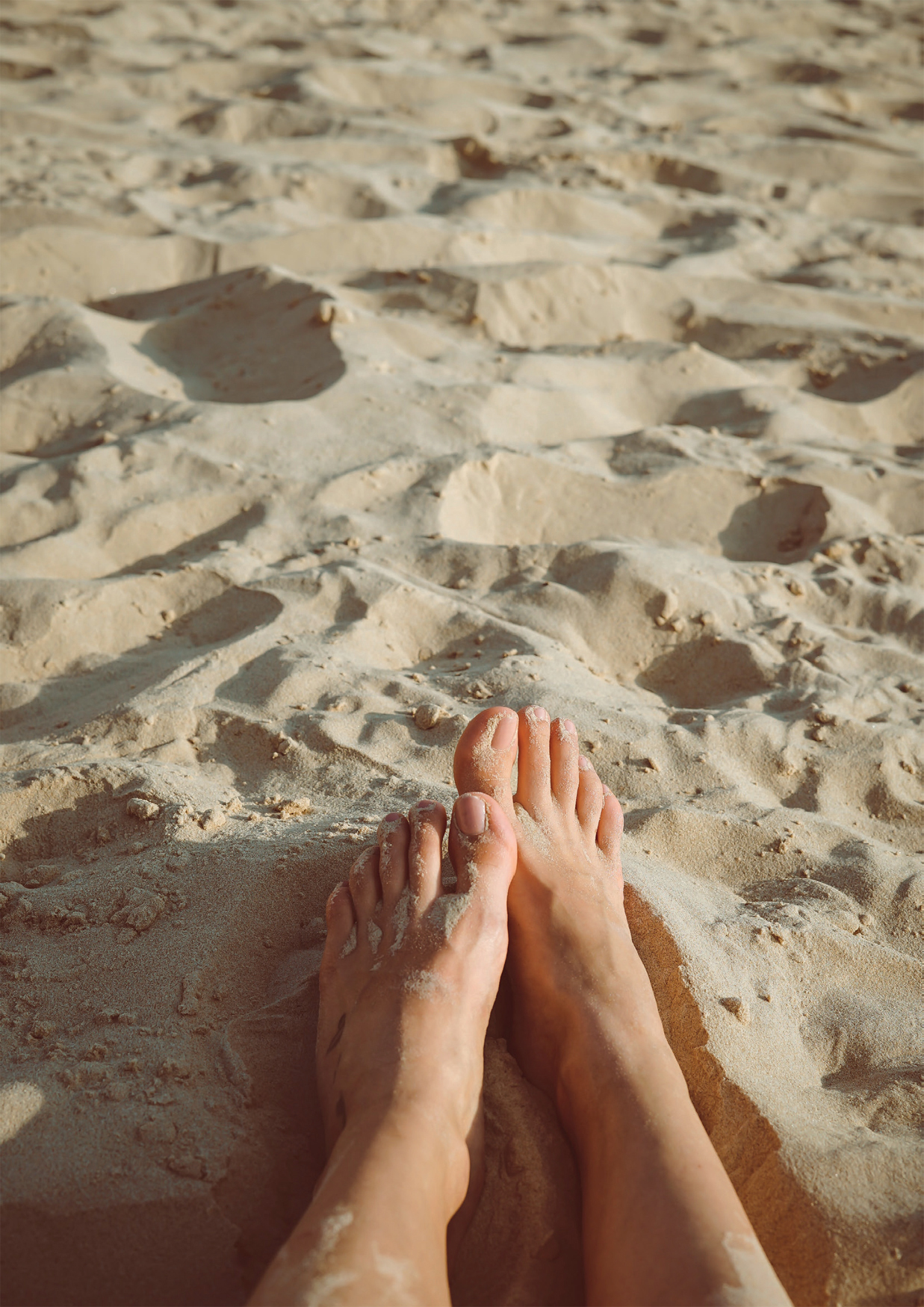
There are wonderful health benefits to going barefoot. Like waterfalls, the Earth gives off negative ions, which we can soak up through skin contact like sponges. Grounding, or earthing as it is sometimes called, gives us a huge boost of antioxidants free of charge. It not only boosts our immune system but has been found to help us sleep better, help with pain and discomfort and balance cortisol levels, which in turn affects our stress response.
Often on the walks I lead, people are surprised at how warm the ground is and how refreshing contact with the damp ground can be. We not only walk through grass but through streams and in woodland to experience different textures. And I always like to show off a little by picking up pine cones with my toes and throwing them around!
I find the reactions from these groups amazing, and have watched people from all walks of life, who wouldn’t usually dream of getting their feet dirty, be reduced to giggles as they tiptoe in almost a childlike manner around a woodland. It’s a surprisingly mindful activity and when you put your shoes and socks back on afterwards you have the most amazingly fresh-footed feeling – it’s almost as if your feet are shouting at you to remind you of the importance of that much-needed connection with our healing Earth.
REMEDY
GROUNDING
When was the last time you removed your shoes and socks and had a good old paddle around barefoot?
Perhaps it was on a sunny beach holiday.
How about giving grounding a go in your everyday life, either in a woodland, park or even in your own back garden?
Wherever there is grass, sand or soil, simply remove your shoes (socks are optional if the weather is a little chilly, as you will still get some benefits), and go for a wander. A recommended dose is thirty minutes a day to kickstart the body’s natural healing process.
Experiment with different textures, play with your balance and give throwing a pine cone with your toes a go. If you want to make this a social activity, look at joining a guided barefoot walk or group.
There are other ways you can experience grounding:
Wear natural leather-soled shoes
Lie on the ground
Go wild swimming
Garden with your bare hands
Sit against a tree
HOW DO YOU BREATHE? DEEPLY, SHALLOWLY? QUICK OR SLOW? HOW DOES YOUR BREATH AFFECT YOUR EMOTIONS, OR CHANGE ACCORDING TO HOW YOU FEEL?
WHAT ARE YOUR THOUGHTS AFTER SKY GAZING AND CLOUD GAZING?
WHAT ARE YOUR FINDINGS IN THE RICE EXPERIMENT?
HOW GROUNDED ARE YOU?
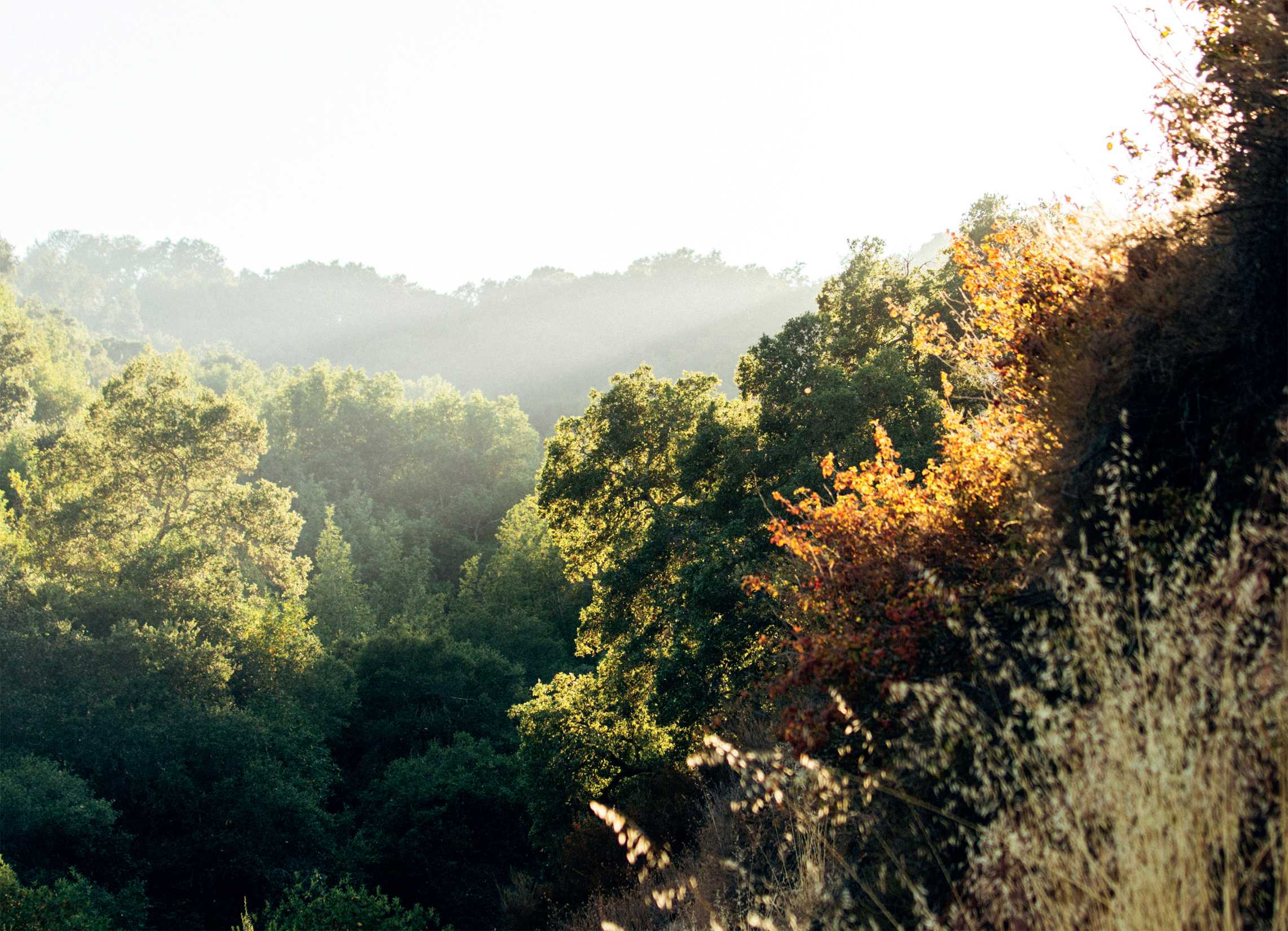
Конец ознакомительного фрагмента.
Текст предоставлен ООО «ЛитРес».
Прочитайте эту книгу целиком, купив полную легальную версию на ЛитРес.
Безопасно оплатить книгу можно банковской картой Visa, MasterCard, Maestro, со счета мобильного телефона, с платежного терминала, в салоне МТС или Связной, через PayPal, WebMoney, Яндекс.Деньги, QIWI Кошелек, бонусными картами или другим удобным Вам способом.



